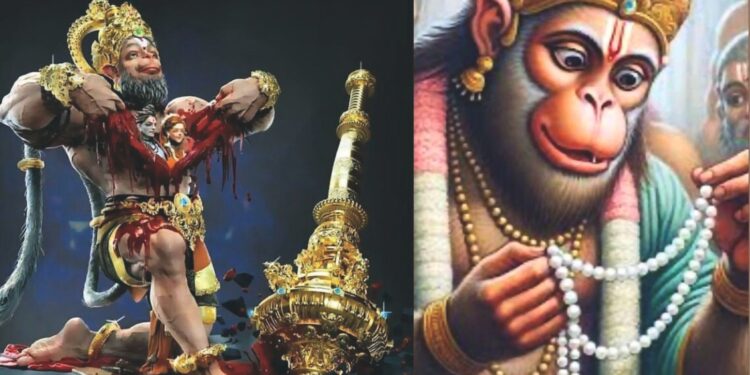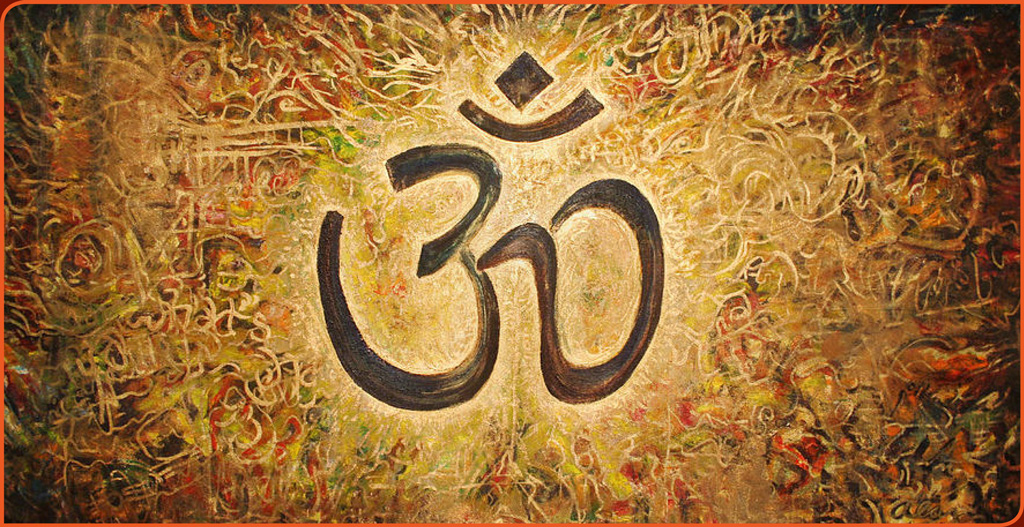The recent succession of stampede incidents, despite a plethora of security measures, begets introspection: how can an ecliptic alignment of six planets coincide with a misalignment of mindset? Perhaps a holy dip in the scriptures is obligatory before jostling to celebrate the once-in-144-years auspicious Maha Kumbh Mela. Conceivably, reading Tulsidas’s Bhakti Rasa on Lord Hanuman’s life story will inspire us to prevent sins rather than merely seeking to wash them away.
Scarabaeidae, the taxonomic family name of scarabs-or as we commonly know them, dung beetles-were considered sacred by the ancient Egyptians. They believed the dung beetles kept the earth revolving like a giant ball of dung, linking the insect to Khepri, the Egyptian God of the rising sun. Today, we understand that dung beetles do exactly what their name suggests-utilizing the nutrient rich manure of herbivorous animals like cows and elephants by rolling it into a ball and burying it. The dung is then used either for laying eggs or as food.
The fascinating idiosyncrasy of these creatures is not just the enigmatic colors of their exoskeleton but also the remarkable way they use their hind legs to roll dung ball to their burrows. In human terms, it would be akin to holding a massive boulder upside down, walking on one’s hands, and pushing it backwards with one’s legs. Equally perplexing is their ability to navigate using sunlight, guiding themselves home. It is undeniable that dung beetles play an integral role in the planet’s ecosystem. However, what is fundamental to their survival-and to survival of all life on earth-lies149 million kilometers away: the Sun. The celestial body gently caresses us every eight minutes, reminding us of our eternal connection with light. Metaphorically this serves as the simplest explanation of humanity’s love affair with light. Love is Light, and Light is Love.
Since time immemorial, the fear of darkness, in human terms, has been synonymous with disease, death, and decay. Darkness is dreaded as something that engulfs, whereas light is considered as a beacon of hope, a guiding force that can lead us home. Albert Einstein captured this fascination with light when he pondered, “What if we were to ride, to chase a beam of light at the speed of light, to catch up with the wave and move with it, like a surfer riding the wave?” Philosophically, light represents enlightenment, the transcendence from the mediocrity of physical matter. Our obsession with light is unparalleled.
Perhaps that is the reason actors in India are referred to as a “stars.” They seem to transcend the ordinariness of an average life. The massive premiere of Pushpa 2 at Hyderabad’s Sandhya Theater and the ensuing colossal stampede-where thousands rushed just to get a glimpse of Allu Arjun-reflect two sides of the same neurotic coin. A desperation to escape the shadowed inadequacies of common life and an infatuation to bask in the dazzling glow of a star, all in hope of capturing some of the brightness for oneself.
Maha Kumbh 2025, a once-in-144 years event, is not merely a congregation of millions but also a celestial spectacle. Six planets will align, creating a mesmerizing symphony of lights in the sky. Millions of people have rallied the city of Prayagraj for the Amrit Sanan-the sacred dip-at the confluence (Trivani Sangam), of the Ganga, Yamuna, and Saraswati rivers. Over 45 days, from January 12 to February 26, more than six hundred million people-exceeding the population of United States-visited the holy city. The sacred ritual is believed to cleanse the sins, liberate devotees and their ancestors from the cycle of rebirth, and ultimately grant moksha (spiritual liberation). Travelers from all corners of the world flocked to witness the divine event.
Despite the presence of 50,000 security personnel, 2500 cameras (some AI powered) monitoring crowd movement, the inevitable occurred-a chaotic stampede resulting in injuries and deaths.
When contemplating on such recurrent disasters at grand events, it becomes evident that human existence (strife) oscillates between rolling away the dung of tribulations and an upsurging to ascend the ladder of triumphs. To prevent such distressing occurrences, it is imperative for each of us to evoke Hanuman ji in our ethos. The beloved Hanuman ji is not only a revered source of strength but is an eternal symbol of unwavering devotion and righteous conduct.
The story begins when Lord Rama returned to Ayodhya after his victorious conquest of Lanka and was crowned the king. Vibhishana, Ravana’s brother, came to the court and presented Rama a priceless pearl necklace as a gift. Rama suggested that Vibhishana offer the necklace to Devi Sita. Sita, who, in turn gifted it to Hanuman as a token of his devotion for Rama. However, Hanuman astonished everyone by breaking the necklace apart. He meticulously examined each pearl and discarded them one by one. Sita, confused and offended along with others in the court, questioned his seemingly disrespectful behavior. Hanuman humbly replied that he was searching for Lord Rama and Devi Sita within the pearls, as anything devoid of them was useless to him, no matter how precious. To further emphasize he proclaimed that every inch of his being contained Rama. Doubtful of his claim, the court challenged him to prove it. In a moment of profound reverence, Hanuman tore open his chest, revealing Lord Rama and Devi Sita glowing within his heart. The powerful depiction in Bhakti Shiromani, by Tulsidas is a testament to Hanuman’s innocence and unshakeable devotion.
The real dubki (immersion) of the devotee does not lie in an external place or object. If one dares to peer deep within for one penetrating moment, it becomes crystal clear-the radiant pearls of wisdom reside between our very eyes. Devotion cannot be attained by rationalizing sacred places as a contest to win the gold of purity nor can light of faith burn bright on the wax of heavy heart. No one can push their way to transcendence.
The heart of a blue whale weighs over 1,300 lbs. (±600 kg)-the size of a small car. The gigantic heart beats 8-10 times per minute, and each heartbeat can be heard from over two miles (3.2 km) away. The essence of all sacred narratives is to cultivate a heart vast enough that its beat resonates across eons. Even the Grinch’s heart swells up at the end of How the Grinch stole Christmas. Such stories remind us that all we need is a nurturing to grow a tolerant heart on a sage mind.
Ganga is the river of patience that flows within us when we attend to an aging parent. Yamuna is the river of perception in us, guiding a heedless child onto the right path. Saraswati is the river of compassion reflected in the kindness towards a neighbor. The Sangam of all three sacred rivers exists within us. We are already pure. Once in a blue moon, we need to tear our chest like Bajrangbali to discover that the brightest light radiates from within, evincing that we are already home.




![[ India Today ] Ohio senator JD Vance thanks wife, a Hindu, for helping him find Christian faith](https://hinduvishwa.org/wp-content/uploads/2024/06/us-senator-jd-vance-reveals-how-his-hindu-wife-usha-helped-him-find-his-christian-faith-image-re-272530504-16x9_0-120x86.webp)









